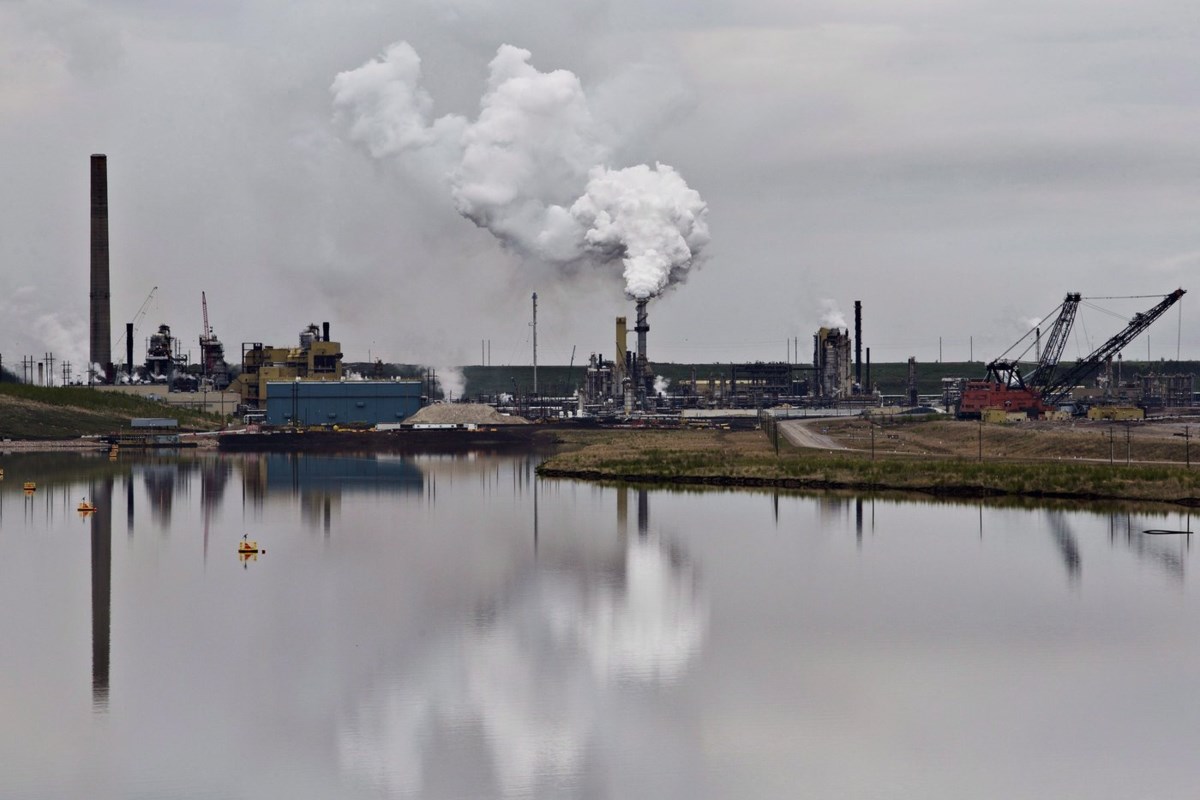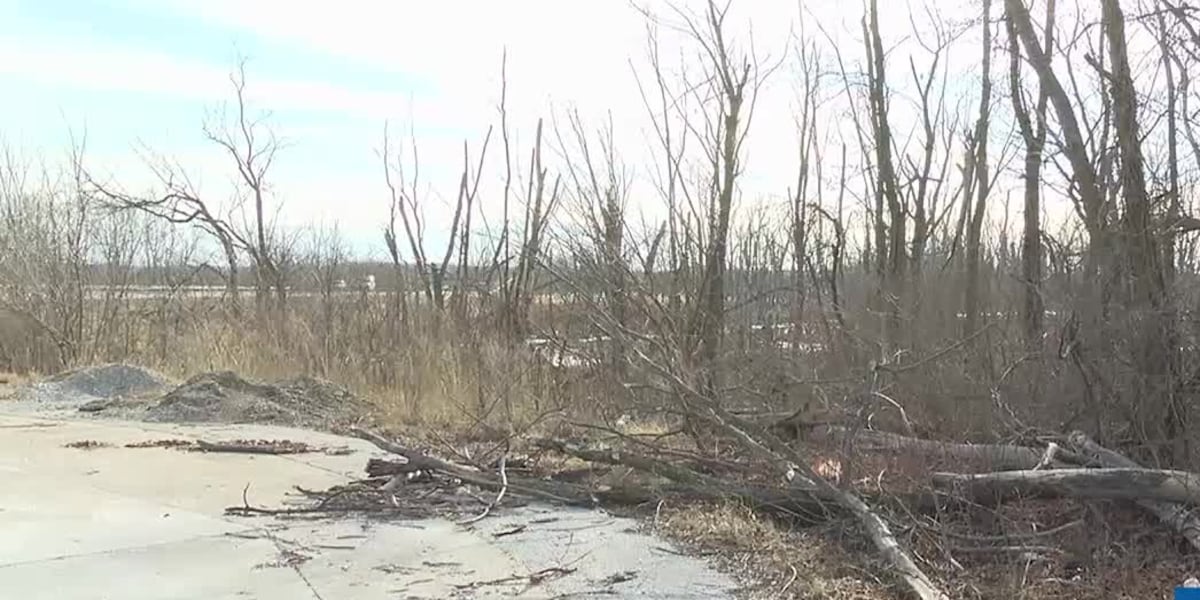Alberta Unveils Groundbreaking Framework for Oilsands Tailings Disposal

Alberta is taking a bold step towards environmental accountability in the oil industry by developing comprehensive standards for the release of treated oilsands tailings. The provincial government aims to establish clear guidelines that will ensure responsible management of industrial waste from the energy sector.
This groundbreaking initiative seeks to address long-standing environmental concerns surrounding tailings ponds, which have been a significant point of contention for environmental advocates and industry stakeholders. By creating robust release standards, Alberta hopes to balance industrial development with ecological preservation.
The proposed standards will likely include rigorous testing protocols, environmental impact assessments, and strict criteria for what constitutes "treated" tailings that can be safely introduced into natural water systems. This approach demonstrates the government's commitment to transparency and environmental stewardship in one of Canada's most economically significant industrial regions.
Experts suggest that these new regulations could set a precedent for responsible resource extraction, potentially serving as a model for other provinces and regions with similar industrial landscapes. The move signals a proactive approach to environmental management in the oil and gas sector.








